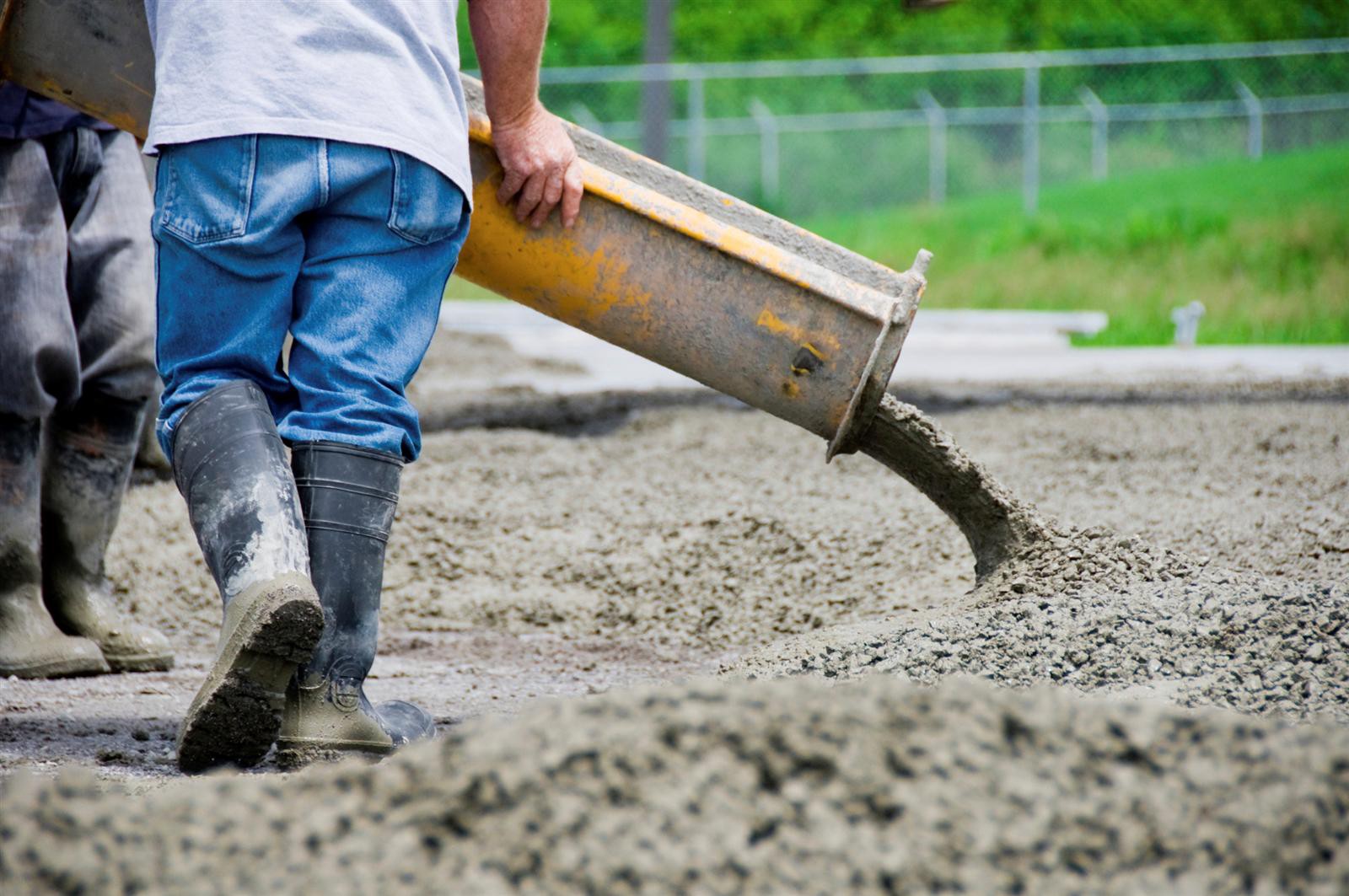Although Concrete patio is a solid matter, it is a porous material which means it absorbs liquids just like a sponge. Different liquid substances can seep into concrete from water to vehicle oil, greases and grime. Once the concrete has absorbed these liquids, it would be very hard to remove them. Sealing your concrete prevents liquid substances to penetrate its pores, ultimately prolonging the life of the concrete surface.
A concrete sealer changes the qualities of the concrete’s surface so that when water comes into contact with it, the water molecules form tiny blobs on the surface instead of penetrating it. Then, the water droplets just roll away from the surface. Sealing gives concrete the same protection against oils and grease so even these normally hard-to-remove stains become easy to clean. It also protects against de-icing salts so sealing is especially important on exterior concrete surfaces that go through freeze-thaw cycles. It also eliminates the problem of mildew penetrating the cement, which can leave black stains on the surface over time.
Sealers usually impart sheen to concrete surfaces drawing out the rich colours of decorative concrete. Any decorative concrete finish will look much better when sealed. Exposed aggregate concrete will definitely benefit from sealing because it enhances the beauty of the decorative aggregates (i.e. pebbles and small stones) in the concrete. A tinted sealer can be applied to a plain gray slab or decorative concrete to add colour. Regular application of a quality concrete sealer will make your concrete more resistant to fading and wear.

